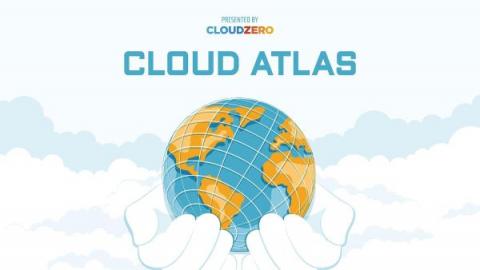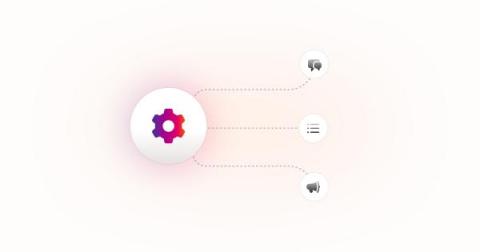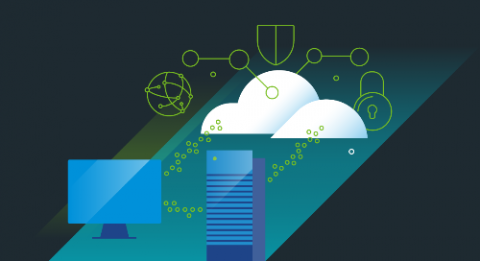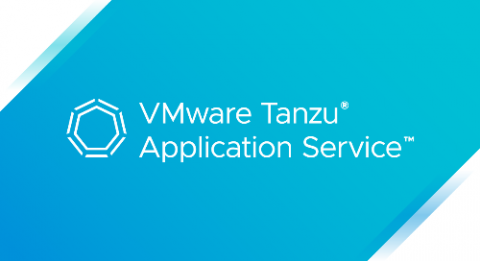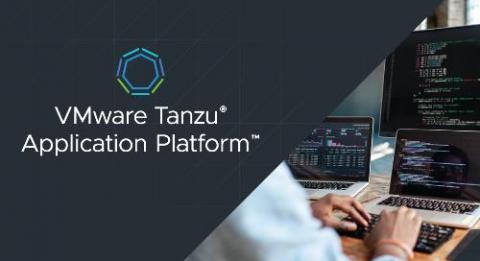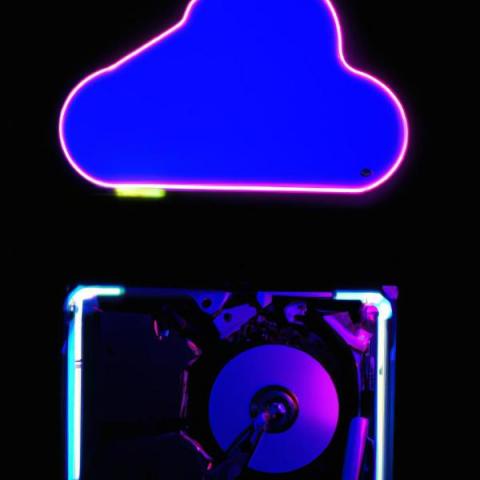Operations | Monitoring | ITSM | DevOps | Cloud
Latest News
Cloud Atlas, Episode 1: The Cloud Gathers
The Ultimate Guide to Onboarding New Work-From-Home Employees
Does it not strike you as strange that even after the world has coped with the COVID crisis, work from home did not end? We shall not examine the reasons behind the continuation of work-from-home culture. However, it is important to be cognizant of the fact that work-from-home is here to stay, and organizations need to adapt to it quickly. One of the major concerns for organizations today is onboarding new work-from-home employees.
Create a service catalog that grows with you
When your incident response process is centered around a service catalog, responders are able to more quickly pinpoint the service or functionality that’s down, bring in the team or experts, and then get to solving the problem faster. Saving even a few minutes can have a big impact on decreasing the costs around incidents and outages, so having up-to-date service details at your fingertips can make all the difference.
De-risk Your Data Center Consolidation or Cloud Migration Plan
Consolidating or exiting your data center is a complex and high-stakes initiative. Despite the many benefits of moving to the cloud, lifting and shifting workloads without a clear understanding of dependencies between workloads or without addressing underlying technical debt or security vulnerabilities can result in bigger, more expensive problems in the long term.
VMware Tanzu Application Service 4.0 Improves DevEx with Dev Portal and Enhances Platform Engineering
VMware Tanzu Application Service is a mission-critical platform that enables enterprises to deliver their applications faster with a secure path to production. Additionally, the platform can allow for improved engineering efficiency by offering a highly-automated, intrinsically secure, and resilient application runtime. Today, we are pre-announcing the release of VMware Tanzu Application Service 4.0!
Business Agility Depends on Fast, Predictable App Delivery
Despite turbulent economic times, IT budgets are staying flat or growing, with investment priorities focused on increasing operational efficiency and profitability, according to the latest State of the CIO survey. Enterprises are looking to optimize their existing IT infrastructures and do more with what they have to free up resources—including talent and funding—for innovation projects.
VMware Tanzu Application Platform 1.5 Offers Faster, More Secure Paths to Production
VMware Tanzu Application Platform is a single, end-to-end integrated platform solution that enables companies to build and deploy more software, more quickly and securely, through a rich set of developer tooling and pre-paved, customizable “golden paths” to production—all on any public cloud or on-premises Kubernetes cluster.
Managed vs. Unmanaged Disks in Azure
Microsoft Azure is a leading cloud computing platform offering a wide range of services to cater to the needs of businesses across various domains. One of the popular services is Azure Storage, which allows organizations to store, access, and manage their data in a secure and scalable manner. When it comes to deploying virtual machines (VMs) in Azure, organizations need to make a critical decision between Managed and Unmanaged Disks.
Canonical releases Landscape 23.03, delivering simplified licensing through Ubuntu Pro
April 4th, 2023, London, UK: Canonical announced the release of Landscape 23.03 with broader CPU architecture compatibility, and improved management and monitoring capabilities for Ubuntu. Landscape 23.03 manages all Ubuntu versions and derivatives from Ubuntu 16.04 LTS onwards, in addition to Debian Bullseye. Launching and configuring Landscape is faster and simpler than ever before.


